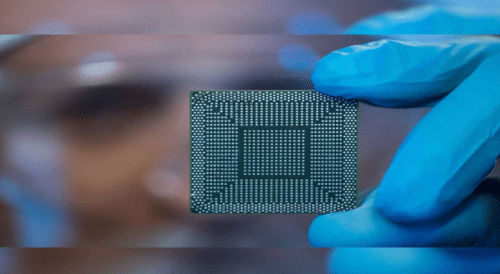Researchers from Lanzhou University have developed a wireless under-skin charger, revolutionising medical implants with its biodegradable and infection-reducing design.

Scientists at Lanzhou University in China have designed a wireless charging unit that can be installed under the skin for powering internal bioelectronic devices. Demonstrating promising results in rodent tests, this technology could revolutionise human medical implants, potentially removing the necessity for cumbersome batteries and complex wiring.
Why is the device needed?
The necessity for wireless charging devices arises from the limitations imposed by the battery capacity of most bioelectronic devices, such as sensors and drug-delivery systems. When these devices are connected to an external power source, there’s a heightened risk of spreading infection. To counter this, scientists have innovated by creating flexible, under-the-skin chips that are biodegradable and capable of conforming to the tissue’s shape during surgical procedures. This advancement is detailed in a research paper published in the journal Science Advances.
How does the wireless device work?
The research team embedded their prototype into a biodegradable, chip-like implant that smoothly combines energy harvesting and storage capabilities. When connected to a medical device, this implant provides a steady power supply by funnelling energy through the circuit into a capacitor. In rat experiments, the wireless implant efficiently operated for up to 10 days and entirely disintegrated within two months, validating its biodegradability. The system’s longevity could be enhanced by strengthening the protective polymer and wax layers that encase it.
Concerns and Limitations
Although the prototype shows promising results, there are hurdles to overcome before human trials. In drug-delivery tests involving rats, those with uncharged implants experienced some unintended passive drug release. Furthermore, the team is still developing a method to switch the device on or off actively; currently, it stops functioning only when its power is completely drained.
Future studies will focus on addressing the device’s size and ensuring its complete biodegradability.










